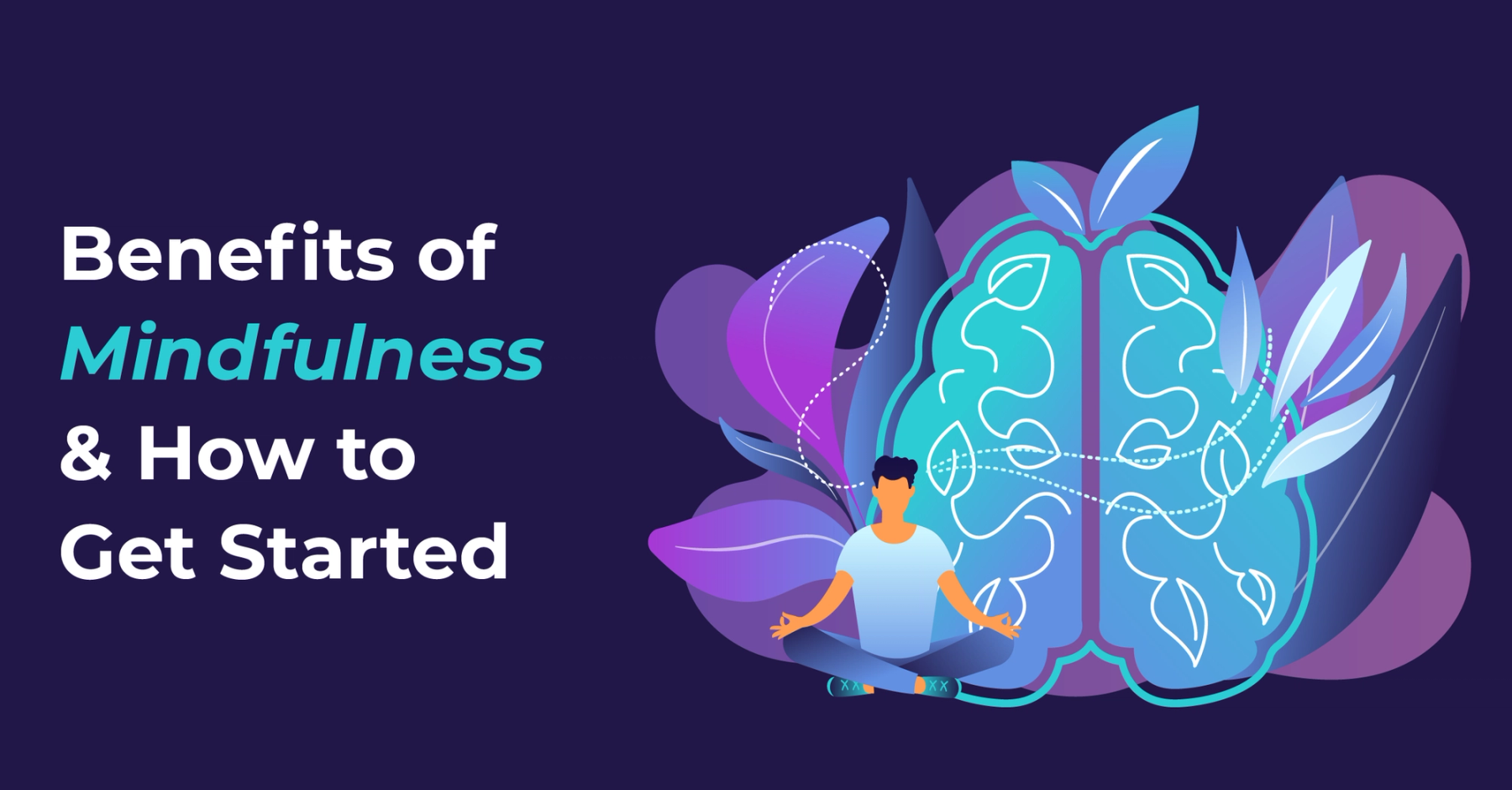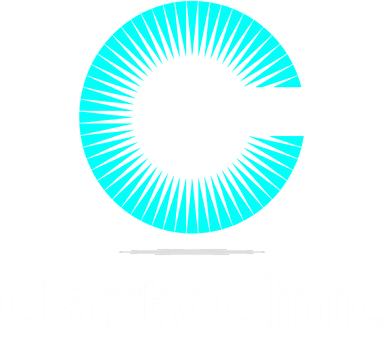September 29th, 2021

Mindfulness is not a new concept, dating back over 2500 years and rooted in Buddhist traditions. This foundation of meditation has become a fast-growing trend in the Western world in recent years. According to the CDC, the practice of meditation has increased threefold in America from 2012 to 2017. Awareness and growth continue today as new studies emerge with evidence of the positive effects of mindfulness on mental and physical health and daily experience.
While many are familiar with the idea of mindfulness, there are common misconceptions about what it means and how it's practiced. I have encountered many people who say they “don’t have time to practice mindfulness,” or “aren’t into meditation.” I've found value in the practice of mindfulness throughout both my work with clients and my personal life. I am excited as research continues to demonstrate positive effects on mental and physical health, stress reduction, and overall well-being.
While mindfulness practice can include meditation, they are not synonymous. The first element of mindfulness is being present.
Sure, that sounds simple, but in a society where productivity is paramount, many of us find ourselves attempting to multitask. The problem with multitasking is we are never fully present, not really attending to anything we are doing. Simply put, multitasking does not exist. When you attempt to multitask, you aren’t fully present. You aren’t attending to what you would like to, and you are wasting more time switching attention between tasks.
While you may feel less productive shifting from “doing” multiple things at once, over time you will notice an increase in efficiency and likely feel better about the quality of the work you’ve done on any particular task.
The second element of mindfulness is accepting what is happening at the moment without judgment, also referred to as “non-judgmental awareness.” As difficult as it may be for many of us to be present and not think about the past or future from moment to moment, observing without judgment can be a challenge.
This involves avoiding the impulse to label thoughts or situations. For example, if you have a negative thought, instead of saying “that’s a bad thought” or getting down on yourself for having an anxious or depressive thought, simply say “I had a thought that (fill in the blank).” We are noticing things as they occur without getting attached to them, which often happens when we start to assign judgments.
Finally, when one is practicing mindfulness, they are attending to each new moment as it occurs. This can be challenging because many of us are thinking about past events, whether they be far in the past or moments earlier, while others are constantly planning their next move.

So, what are the benefits of practicing mindfulness? Research has shown there are many possible health benefits of practicing daily mindfulness and meditation, including:
Additionally, mindfulness practice has been linked to changes in the brain. Studies have shown that practicing mindfulness has led to changes in gray matter concentration in the brain which can lead to improvements in emotion regulation and memory. Mindfulness practice has been found to decrease the volume of the amygdala, which can lead to decreased experiences of anxiety and stress. These changes in the brain have led to improvements in cognitive functioning including:

Mindfulness has been included in mental health treatment for a wide range of disorders. Research shows that mindfulness practice and programs such as Mindfulness-Based Stress Reduction (MBSR) and Mindfulness-Based Cognitive therapy provide benefits for treating depression, anxiety disorders, substance use disorders, and eating disorders among others.

Mindfulness simply means being fully present in each moment, and it can be practiced every day, anywhere, anytime. Practicing mindfulness involves practicing different skills to be present moment to moment.
If you are trying to practice mindfulness and get distracted, that’s okay! Noticing you have gotten distracted and bringing your attention back to the moment is practicing mindfulness! Here are some ways you can start practicing today:
Brown, K. W., Creswell, J. D., & Ryan, R. M. (Eds.). (2015). Handbook of mindfulness: Theory, research, and practice. The Guilford Press.
Centers for Disease Control and Prevention. (2018, November 8). Use of yoga and meditation becoming more popular in U.S. Centers for Disease Control and Prevention.
Written by: Dr. Nicole Ortiz, PhD
At Clarity Clinic, we have highly trained staff who specialize in therapy and psychiatry services. To learn more about how we can support your mental health, call Clarity Clinic on (312) 815-9660 or schedule an appointment today.

Our Services
Virtual/Online CarePHP and IOPAdult PsychiatryChild & Adolescent PsychiatryAdult TherapyChild & Adolescent TherapyCouples CounselingFamily TherapyGroup TherapyPsychological TestingTranscranial Magnetic Stimulation (TMS)Resources
Refer a PatientCareersClinical Training OpportunitiesOur ProvidersFree Mental Health TestsCommonly Prescribed MedicationsLocationsBlogIn The NewsClarity Through CharityClarity for AllQuick Links
Patient PortalFAQsAccepted InsurancesContact us